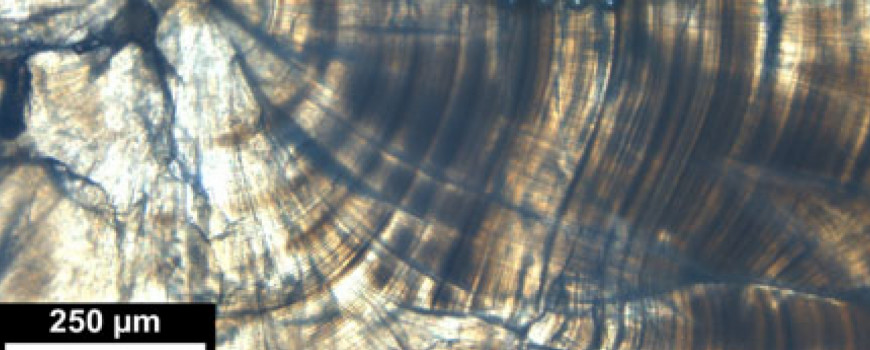Delta Science Fellowship 2017-19
Fellow: Pedro Morais, Postdoctoral Fellow, University of California, Berkeley
Research mentor: Stephanie Carlson, Environmental Science, Policy and Management, University of California, Berkeley
Community mentor: Rachel Johnson, NOAA Fisheries and University of California, Davis
Background
Sacramento River winter-run Chinook salmon have been endangered since 1994. Historically, the fish spawned during summer in cool tributaries upstream of the Sacramento, but dams have limited spawning habitat to a small reach of the river. Today, survival of their offspring is heavily dependent on cool summer water releases from reservoirs, which also provide critical water supplies for irrigation, municipal and industrial needs, as well as providing flood control and hydropower generation. During drought, this can lead to difficult management decisions. Understanding how winter run Chinook salmon respond to drought and water temperature is therefore vital to management of this endangered population.
Project
This project tackled two outstanding questions about winter-run salmon ecology. The first was how winter-run Chinook use different rearing habitats during drought and non-drought periods, and the second was to explore which habitats provide enhanced growth during drought and non-drought periods.
To answer these questions, UC Berkeley post-doc Pedro Morais used isotopic analysis of otoliths, or fish ear bones, which grow continuously throughout their lives and therefore carry a record of their environment and growth. Using otoliths, researchers can reconstruct details of fishes’ lives, including water temperature and migration patterns.
Progress/Results
This project was the first to estimate differences in winter-run growth during periods of drought and non-drought, and assign each individual into their brood year since 2 and 4-year-old fish might be present in each escapement year. The second main progress is part of an ongoing effort to use satellites to estimate the connectivity between the Sacramento River and other rearing habitats (i.e., tributaries) during drought and non-drought periods, as well as the wetland area available to winter-run along in these periods.
Management Applications
As climate change progresses, droughts are expected to increase in California’s Central Valley, making it even more difficult for water managers to balance the many needs for water. The results of this project will provide state and federal agencies and the Delta Conservancy with valuable information for securing a healthy ecosystem that supports both winter-run Chinook salmon as well as a reliable water supply.
Publications and Presentations
Morais P, Sturrock AM, Phillis CC, Whitman G, Carlson SM, Johnson RC (2018) Death on two legs: featuring the Sacramento River winter-run Chinook salmon during the 2012-2016 drought. Episode II. 10th Bay-Delta Science Conference. Sacramento, CA (USA), September 11.
Morais P, Sturrock AM, Phillis CC, Whitman G, Carlson SM, Johnson RC (2018) Living to tell a drought story: featuring the Sacramento River winter-run Chinook salmon. Episode I. 6th International Otolith Symposium. Keelung (Taiwan), April 16.
Morais P, Dias E, Cerveira I, Carlson S, Johnson R, Sturrock AM (2018) How scientists unravel the secret migrations of fish. Frontiers for Young Minds 6: 67. doi: 10.3389/frym.2018.00067.


